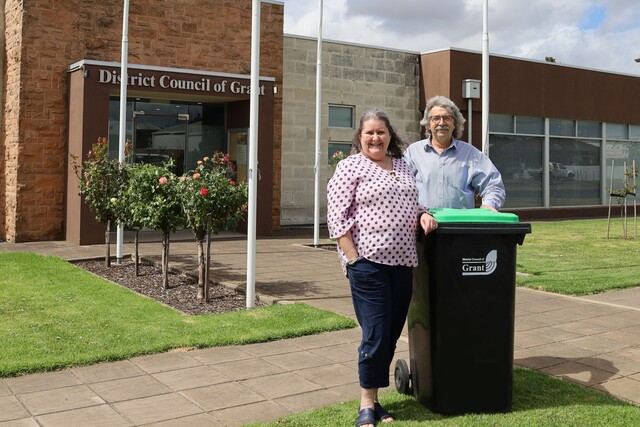Local Governments in coastal tourist regions are seeking alternative funding arrangements to handle high growth rates and summer tourist peaks. Some Local Governments have raised the idea of tolls on key tourist routes to pay for infrastructure and services.
Many coastal communities are under stress such as the west coast of Victoria, Bryon Bay in New South Wales and the southern coast in New South Wales. One key example, Bryon Bay in New South Wales, has a residential population of 30,000 and handles a summer tourist peak of 120,000 people.
The National Sea Change Taskforce comprising 70 coastal councils around Australia is developing a plan to put to Federal and State to deal with the issue. Executive Officer of the Sea Change Taskforce, Alan Stokes, said many Local Governments do not have the basic infrastructure to deal with both high growth rates and tourist peaks.
“The task group has been calling for a national approach and, in particular, developer contributions,” he said. “New South Wales has one of the best systems of developer contributions and we need to look at it in order to produce uniform system for all States.”
Suggestions have been raised by Victorian Councils to place a tourist toll on the Great Ocean Road to raise money for tourism infrastructure.
Surf Coast Shire Councillor and then President of the Victorian Local Government Association, Julie Hansen, said Surf Coast had raised the levy idea at a meeting with Victorian Premier, Steve Bracks, last year.
Kangaroo Island Council in South Australia raised a similar proposal for a levy on tourists entering the island last year.
The Sea Change Taskforce was also looking at a plan to charge holiday home owners with a 50 per cent rate rise. It is part of the wider campaign to examine strong growth in coastal regions.
A background paper issued by the Taskforce is looking at the following issues:
- Sustainable coastal development targets to be set by agreement between Federal, State and Local Governments to establish sustainable limits to coastal population and development.
- State and Federal Government portfolios to be established with specific responsibility for managing and coordinating growth in coastal areas.
- International and domestic tourism levies to be introduced by State and Federal Governments to fund strategies for the protection of the national coastal estate, including tourism icons.
- A national system of developer contributions to more accurately address the real cost of servicing growth in sea change areas.







